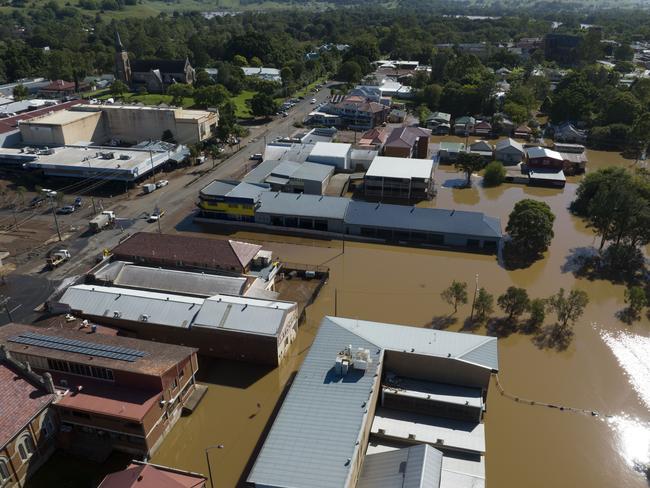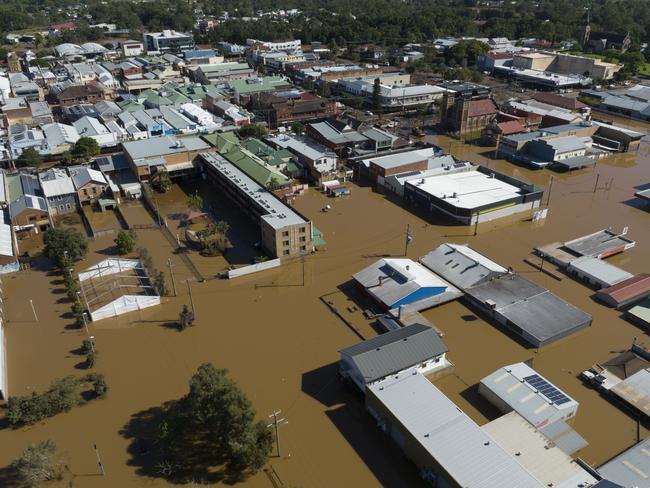Regional real estate: fear of natural disasters affecting moves away from capital cities
It’s one of the big trends out of the Covid pandemic, but the fear of natural disasters is affecting the decisions people make when moving away from capital cities.

Property
Don't miss out on the headlines from Property. Followed categories will be added to My News.
The fear of natural disasters does affect the housing location decisions people make when moving away from capital cities.
So all the recent awful headlines and vision of the flood disruption in NSW and Queensland is being taken in by potential residents. Likewise last weekend’s amazing wave surges along the coast. The bushfires in the summer of 2019 have had a major impact on population movement.
According to new research, the threat of events such as floods and bushfires, are determinants on where more than two thirds of Australians decide just which regional or rural city to move to.

The new report by Australian Housing and Urban Research Institute (AHURI) finds the threat of extreme heat and bushfires weighed more on the minds of movers than the possibility of floods.
But not by much with the bushfire threat of a region important for 72 per cent of Australians compared to the 66 per cent of people who advised flooding when surveyed for the study.
Drought and water shortage ranked at 62 per cent on the list of natural disasters influencing resettlement. The prospect of earthquakes was a factor for 54 per cent and around 45 per cent nominated hail.
The relationship between climatic shocks, natural disasters, and migration has received increasing attention by academics in recent times, in the years after the immediate displacement effects of natural disasters.
While climatic shocks and natural disasters are obvious events, the more subtle environmental deterioration, measured through deforestation, sea level rise, air pollution and soil erosion are having an impact too.

A 2015 international study by IZA, a research institute into labour economics, noted that although the relationship between climatic factors and migration has probably always existed, the impacts have not been fully understood.
“This is due to the fact that their relationship is not straightforward and shows many complexities,” it observed.
The report noted that between 2008 and 2014, it was developing countries that accounted for 95 per cent of global displacement due to disasters.
While most of the migration impact is internal, the IZA report confirmed that climatic shocks can lead to international migration.
“Natural disasters have been shown to boost migration from developing countries to the six main OECD receiving countries, Australia, Canada, France, Germany, the UK, and the US.
“Migration appears to be an insurance mechanism against environmental shocks,” it suggested.
These climate shocks don’t just trigger displacement, but weakened governments, and in some cases political instability.

Last year the United States president Joe Biden received a report on climate change and its impact on migration, marking the first time the U.S. Government officially acknowledged the link. The White House report referenced ocean warming concerns amid our Pacific Island neighbours.
Australian Government intervention is set to be increasingly crucial to reduce a population’s vulnerability to climatic shocks and to improve their resilience.





